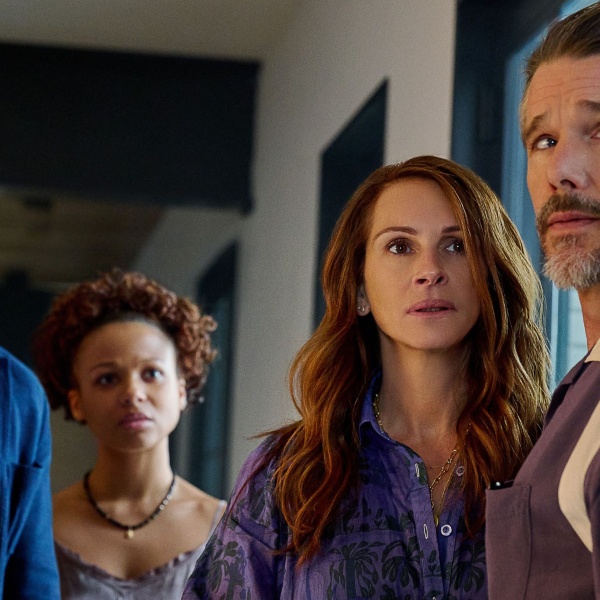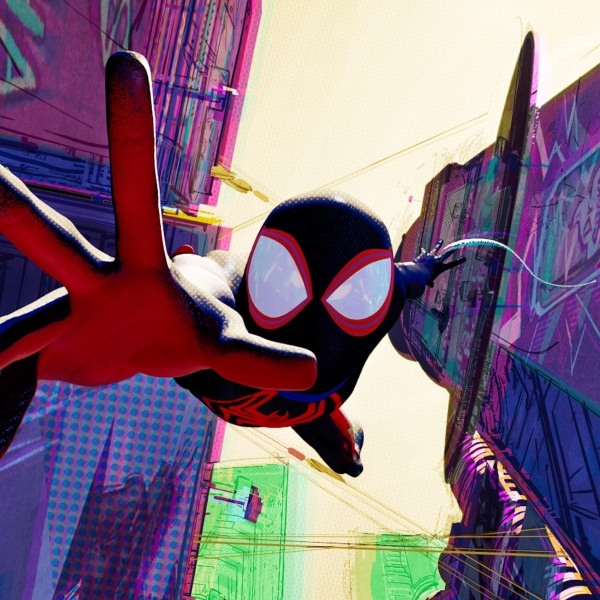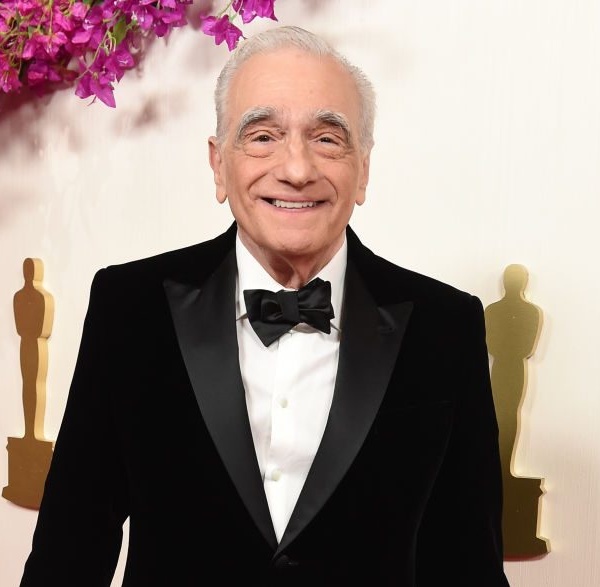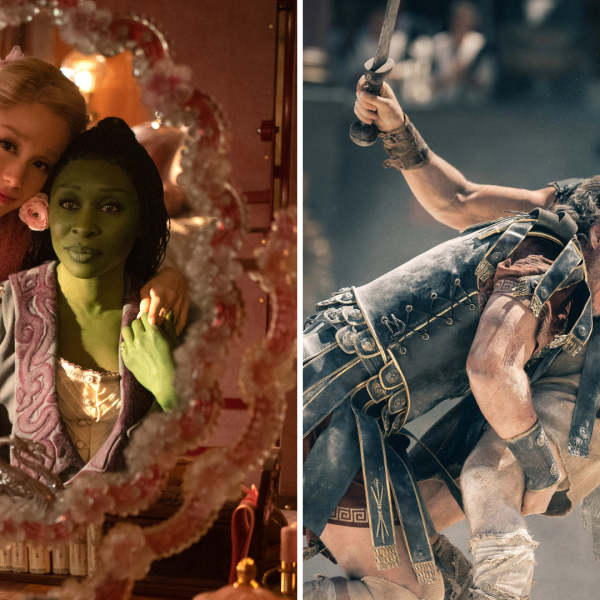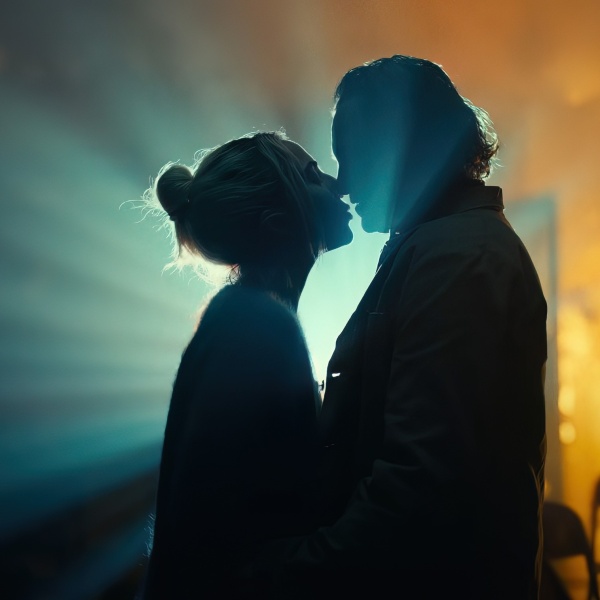
In the perpetual buzz of awards season, “The Fighter” has certainly made its amount of noise. The film was nominated for six Golden Globes (and took home two of them for Melissa Leo and Christian Bale), and now it’s in the running for seven Oscars, including Best Picture. Back in January, we covered director David O. Russell‘s discussion with fellow filmmaker Spike Jonze at the MOMI in New York, but after the jump find part two — if you will — West coast style. Perhaps a bit more laid back (with the slight exception of Russell, who still donned a bow tie and tux having just come from the WGA awards) and with celebrity cameos to boot (Mark Wahlberg and actor Jack McGee were surprise guests), the filmmakers gathered after a screening of the film for a brief discussion at Hollywood’s Egyptian theatre on what it took to bring “The Fighter” to the screen.
Wahlberg said Russell had a creative hard-on for “The Fighter” as soon as he read it. Not an easy feat for the choosy filmmaker.
“I have brought many projects to him, it’s very difficult to get him excited about a project,” admits Wahlberg, who had worked with Russell previously on “Three Kings” and “I Heart Huckbees.” “I saw the whole world and that’s what made me excited as a filmmaker,” said Russell. “I saw the circus with the mother and the sister and the girlfriend and the brother and father… it’s very rare to come across such fantastic characters in cinema who have such an intense bond and who will do anything for love as much as they want to kill each other.” It’s no secret Wahlberg worked to have this movie made for years, going through, it seems, all of Hollywood before finally landing on the combination of stars and director that finally made it to the screen – something he feels very lucky for. “Something was protecting this movie, something was guiding me in this movie and the other people involved. Even though the budget kept getting smaller, the schedule shorter, we ended up making the best version of the movie.”
“I was fresh as a daisy, I had to do every fight and those guys couldn’t get out of bed the next day.”
The three major fight scenes were shot in three days, with Wahlberg going up against real fighters. He pushed to start with the fights which Russell agreed was a smart move, “[Mark] wanted to do the fights first so that he could spend the next 30 days focusing on the acting and not have to be in training.” They managed to achieve the look of the real fights and also move through the scenes quickly by enlisting the help of HBO cameras — guys with decades of experience shooting live fights “They have the cameras set up, they don’t know what’s going to happen,” said Wahlberg of why using the HBO cameras worked for the tight schedule of the film, ”and if it’s an exciting fight, it’s better than any movie you’ve ever seen, they don’t miss anything, and they get one crack at it.”
“Did you use any real prisoners in the prison scene?” “Well yeah, myself.”
While actors were used in the scene with Dicky in prison, Wahlberg, who has done time himself, went and talked with the real prisoners while they were filming. Russell went with him and found inspiration in what Wahlberg had to say. “What Mark said to those guys surprised me,” the filmmaker explained. “He said, ‘what are you doing in here?’ he looks at all of these hard guys with tattoos and shaved heads and missing teeth and stuff and he says ‘what are you doing in here? you don’t belong in here,’ and they were all like ‘what?’ he was like ‘what you doing in here, you got a get out of here’ and you know this guy started crying and shit and I started crying and Mark said ‘you have families —you know you just have to get out.’ We told [Christian Bale, who plays Dicky in the film] that story and he took that energy and put into what he said when he said my son needs me and I’m stuck in here.” (A truly heart-wrenching scene when Dicky witnesses what his choices have done to his family.)
“If you think you spot somebody like Mark walk down the street and you get excited in Hollywood, you gotta see what it’s like for Dicky Eklund and Micky Ward to walk down the street in Lowell.”
“There’s just a love for them and these guys were able to capture it,” said Jack McGee, who played Wahlberg’s father in the film. The cast and crew were heartily embraced by the community, who were glad that the filmmakers were there to, in a way, bring back respect to Lowell and the people living there. “Unfortunately ‘High on Crack Street‘ (the HBO documentary featured in the film) gave it this horrible name,” said Wahlberg, “but it’s a good town, with hard working people.” But he knew that the film would be hard for the real Dicky Eklund to watch. “Most of it is about the poor choices that he made.. he was upset about looking at the mistakes that he made and the negative effects that he had on his family.” But once he watched it with an audience, he “realized how inspiring it was what [he] had to overcome.” During the Golden Globes, most of Lowell gathered in a local bar to watch and Paramount sent a photographer to take pictures, “they immediately sent a picture to the table right after Christian won of Dicky’s reaction — you would have thought he had just had a rematch against Sugar Ray and won the title.”
“99% of the movie is real.”
“In my mind the only thing [that was different] is in the fight, Micky never went down when he fought Shea Neary, that’s the only thing Micky commented on when he saw the movie,” Wahlberg laughed. “The Sanchez (the second) fight was hard to top,” explained Russell, so they took a few cinematic liberties to raise the stakes on the final show down. But according to the filmmakers, most of what we see on the screen, if not these lives verbatim, is trying to recreate their circumstances as realistically as possible. “The sister’s weren’t always together, they had their own homes,” pointed out Russell. ” Dicky jumped out of a lot of windows, it just may not have been those exact circumstances.” But he did try to “make every single person specific” so, while subtle, personalities and relationships between the many characters in the film were still felt.
The number of Oscar noms for this one (seven in total) means it’s likely replaying in a theater near you. This writer saw it for the first time the night of the Q&A and saw the heart and passion that went into making the film all over the screen. Truly storytelling at its best, if you haven’t seen “The Fighter,” go see it, you’ll be kicking yourself for holding out as long as you did.
